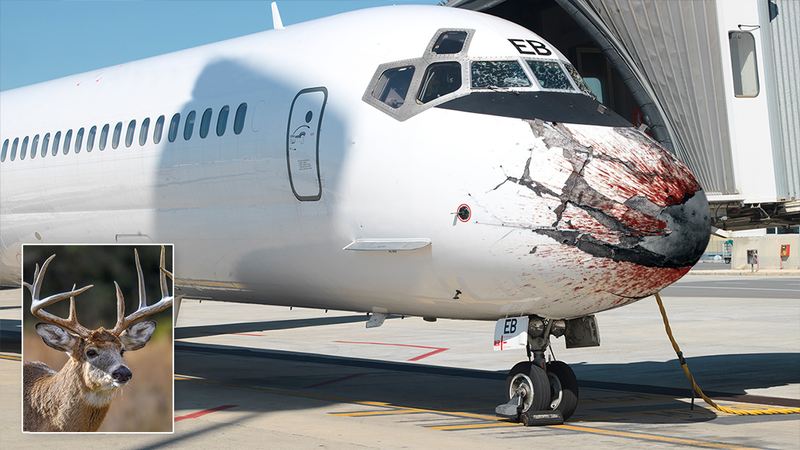Failure to properly secure aircraft components can compromise powerplant and control system operation, leading to system and component failures. Properly secure aircraft components with safety wire, ensure that hardware locking mechanisms are properly installed on your aircraft, and check them often to confirm they are taut and ready for flight
Safety Wire … It Can Save Your Life
It happened on 25 Jan 2007. I was operating An 32 tail number 2683 from HAL Bangalore – Cochin – HAL Bangalore. During the return leg, while descending out of 14000 ft, we noticed starboard engine torque was not varying. A confirmation check was carried out to ascertain the observation by moving the power lever slowly and then rapidly. This was a non-normal situation out of QRH. The power produced by the engine was neither at flight idle or full power (NTOP). All the scenarios were discussed from executing a stable approach, yaw during decelerating after touch down to the requirement of going around. A unanimous decision was taken to shut down the starboard engine which was producing partial power. The engine was shut down and a single-engine approach was executed safely at HAL Bangalore.
After shutdown, a safety report was raised while the technicians got busy to investigate the cause. Our suspicion was soon confirmed that the safety clip was not attached to a bolt connecting the power control lever to the engine. This was C check activity and it was obvious that it was missed. The aircraft had flown more than 25 hours after the C check flight.
Further investigation revealed that it was triple star activity which was not carried out as per the maintenance SOP. Mr Murphy was smiling again.
Loose hardware or components have led to accidents, many of them fatal. Safety wiring, or positive wire locking, is a type of locking device that is the most positive and satisfactory method of securing or safetying cap screws, studs, nuts, bolt heads, and turnbuckle barrels, which cannot be safetied by any other practical means. It is a method of wiring together two or more units in such a manner that any tendency of one to loosen is counteracted by the tightening of the wire. The presence of safety wiring may also serve to indicate that the fasteners have been properly tightened.
- Safety wire is not intended to take the place of the proper installation of fasteners. Always make sure that the fasteners or components are tightened to the proper torque first, then install the safety wire.
- Safety wire is necessary in areas where a bolt could loosen during vibration. Used properly, it will lock so that the wire remains taut and prevents further movement. Think of it as wearing a belt with your suspenders.
- If you notice a piece of hardware on your aircraft with loose or missing safety wire, be sure to ask about getting it replaced. Safety wire must be new upon each application. It is single-use and disposable.
- There are many other parts that require safety wire or other means of locking. FAA Advisory Circular (AC) 43.13–1B outlines the various locking methods and the proper safety wiring procedures.
- Inspect your aircraft carefully before each flight to check that all fasteners and hardware locking devices are properly installed.
- Safety wire should be tight and maintain a slight tension when secured. You should notice about 6 to 8 twists per inch with a good safety wire job.
- During the walk around and while inspecting the flight deck always use a torch to inspect the safety wire or other telltale signs. No complacency.
Ensuring that hardware locking devices are properly installed can save your life!
Be safe. Happy landing.
Resources
- AC 43.13–1B, Acceptable Methods, Techniques — Aircraft Inspection and Repair
- AMT Handbook — General, FAA-H-8083–30A, Vol. 1, pgs. 7–76 to 7–81
- Defence Standard 00-970 Part 1 Section 4 Issue 2 (PDF) (Issue 2 ed.). Ministry of Defence. 1 December 1999. pp. 12–14.



